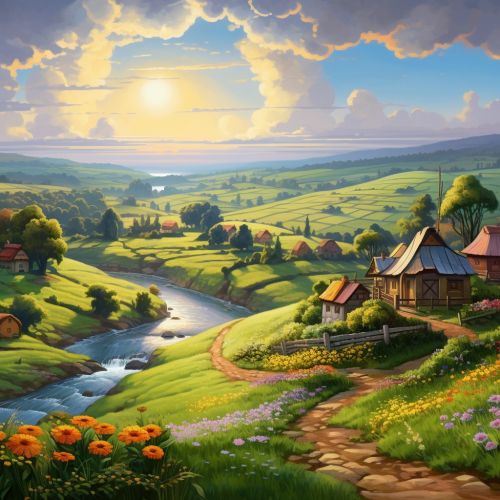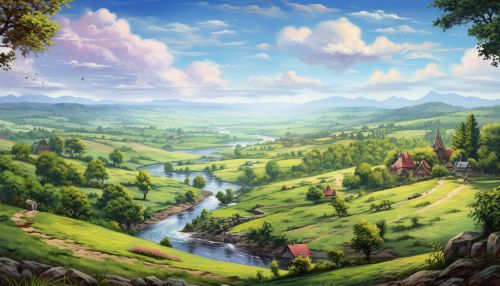Poland
Geography
Poland, officially known as the Republic of Poland, is located in Central Europe. It is bordered by seven countries: Germany to the west, the Czech Republic and Slovakia to the south, Ukraine and Belarus to the east, and Lithuania and the Russian exclave of Kaliningrad to the northeast.


Poland's terrain is diverse, with the Carpathian and Sudeten Mountains in the south, the coastal plains of the north and west, and the central lowlands. The highest point in Poland is Mount Rysy, which reaches 2,499 meters above sea level.
Poland is also home to several major rivers, including the Vistula, the longest and most important river in the country, and the Oder, which forms part of Poland's western border.
History
Poland's history is rich and complex, marked by periods of great prosperity and tragic hardship. The first recognized Polish state was established in 966 AD, when Mieszko I, a duke of the Polans tribe, converted to Christianity and recognized the authority of the Pope. This event, known as the Baptism of Poland, marked the beginning of Poland's long history as a predominantly Catholic nation.
In the 14th and 15th centuries, Poland entered into a union with Lithuania, forming the Polish-Lithuanian Commonwealth. This period, known as the Golden Age of Poland, saw significant advancements in art, literature, and science.
The late 18th century brought the Partitions of Poland, a series of three partitions carried out by the Russian Empire, the Kingdom of Prussia, and the Habsburg Monarchy. By 1795, Poland had been completely wiped off the map of Europe.
Poland regained its independence in 1918, following the end of World War I. However, the country's independence was short-lived, as it was invaded by Nazi Germany and the Soviet Union during World War II.
In the post-war period, Poland became a communist state under the influence of the Soviet Union. The fall of communism in Poland in 1989 marked the beginning of the country's transition to a democratic, market-oriented economy.
Politics
Poland is a unitary semi-presidential republic, with the President serving as the head of state and the Prime Minister serving as the head of government. The political system is defined by the Constitution of Poland, which was adopted in 1997.
The Sejm and the Senate make up the two houses of the Polish parliament. The Sejm, the lower house, has 460 members, while the Senate, the upper house, has 100 members. Members of both houses are elected for four-year terms.
Poland is a member of the United Nations, NATO, the European Union, the OECD, and the World Trade Organization, among other international organizations.
Economy
Poland has a high-income economy and is considered to be one of the healthiest of the post-communist countries. It is the sixth largest economy in the European Union by nominal GDP and the fifth largest by GDP (PPP).
The Polish economy is diverse, with key sectors including manufacturing, mining, agriculture, and services. Major industries include automotive, machinery, chemicals, food processing, and electronics.
Poland is also a significant producer of coal, copper, silver, and other minerals. The country's agricultural sector is notable for its production of potatoes, apples, dairy products, and pork.
Culture
Polish culture has been shaped by its history, geography, and its unique blend of Western and Eastern influences. The country's cultural heritage includes significant contributions to literature, music, visual arts, and science.
Polish literature boasts five Nobel Prize laureates, including Henryk Sienkiewicz, Władysław Reymont, Isaac Bashevis Singer, Czesław Miłosz, and Wisława Szymborska. Poland is also the birthplace of world-renowned composer Frédéric Chopin and scientist Marie Curie.
Poland's culinary tradition is rich and varied, with popular dishes such as pierogi, bigos, and kotlet schabowy.
